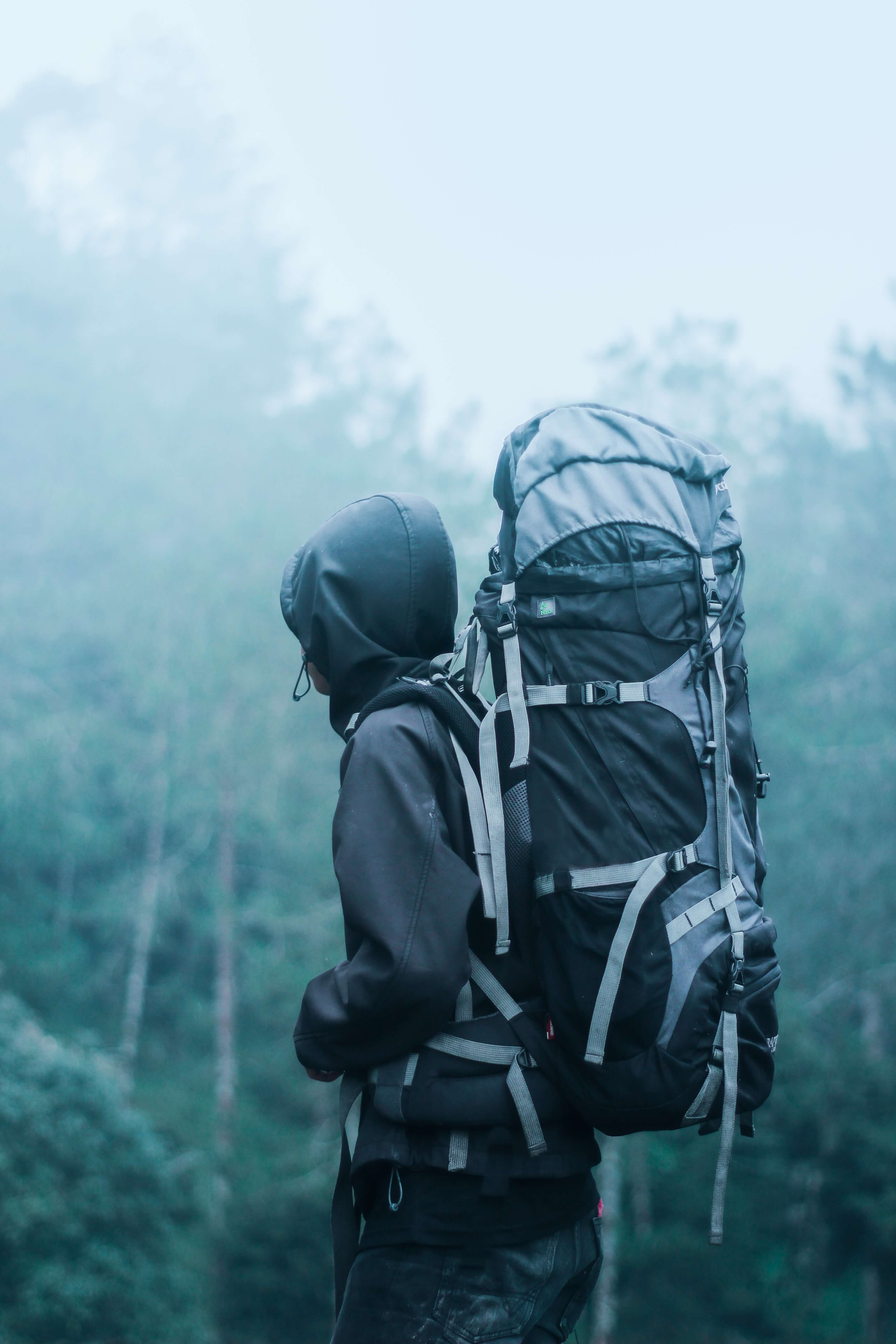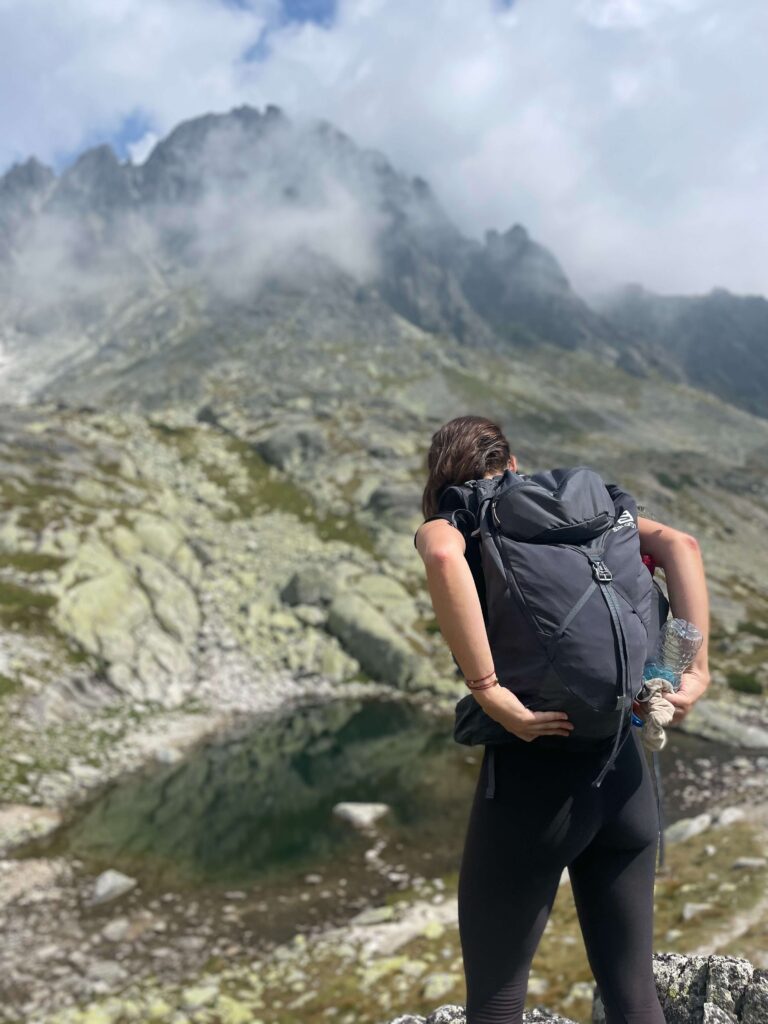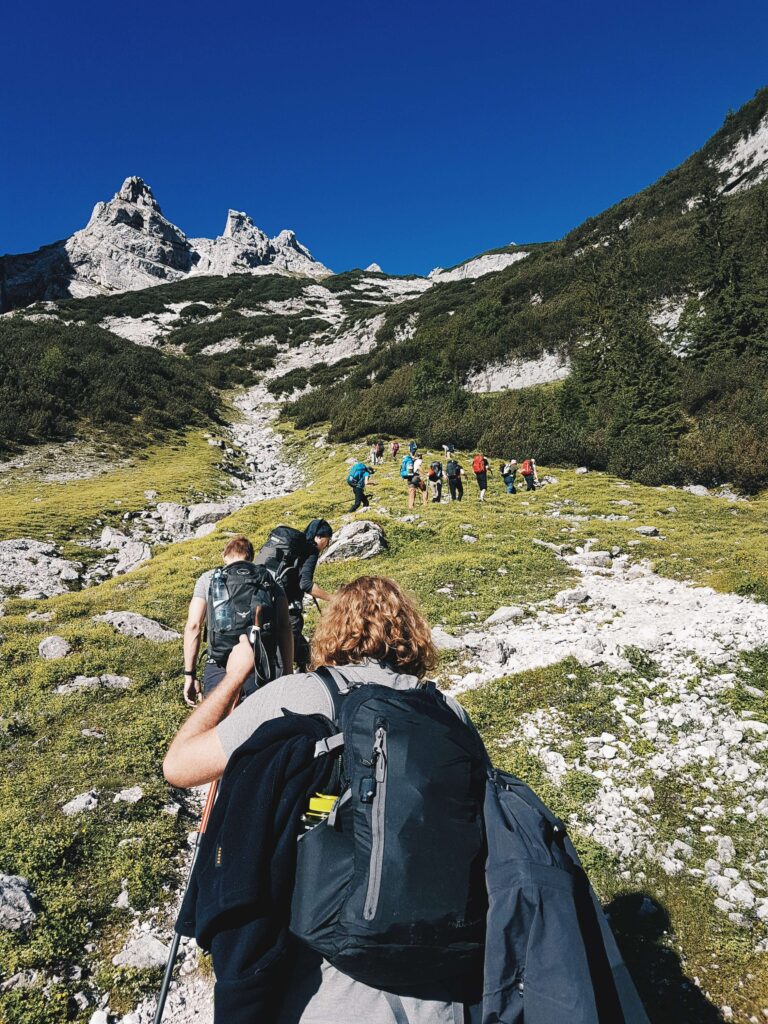Even though backpacking may be exciting but you must know how to pack a backpacking pack. it also necessitates careful planning to be successful.
We’ll go over all the essential information regarding backpacking and more.
An essential step in preparing for a camping trip is packing your backpack.
Your journey might be more comfortable, lighter, and fun if you know how to pack a hiking pack adequately.
Knowing the basics of backpack packing might make all the difference, whether you’re an experienced traveler or a novice.
Assessing Your Gear
Packing for a backpacking trip can be an exciting and daunting task.
Doing so will ensure that you have everything you need and will prevent overpacking.
Read on to find out how to effectively pack your bag, regardless of your hiking expertise level.
The first step is to assess your gear. Spend some time going over your kit and evaluating what you have before you start stuffing your backpack.
This could help you choose what to take and what to leave at home for your trip.
Start by laying out all of your gear in a designated space. This might take place inside on a bed, outside on the grass, or even on the floor.
Start grouping your equipment once you’ve spread it out all out. You may arrange all of your wardrobe items, kitchen supplies, and electronics together, for instance.
Following your equipment organization, start by browsing through each category to choose what to take for your trip.
Search for necessities like a tent, sleeping bag, and cooking stove.
Then, look for items that are nice to have but not essential, such as extra clothing or luxury items like a portable speaker.
Consider the sort of journey you will be doing and the weather you will encounter as you evaluate your equipment. If you intend to go hiking in the rain, for instance, pack waterproof gear.

Packing Your Gear
A crucial part of getting ready for a hiking trip is packing your kit. The following advice will help you pack your equipment efficiently:
Start with the heaviest and bulkiest items
Start by packing the bulkiest objects closest to your back at the bottom of your bag. This will ease back pain by distributing the weight more evenly. The cooking equipment, tent, and sleeping bag are some examples of weighty stuff.
Pack in layers
After packing the heaviest items, pack the next layer of items, such as clothes, on top of them. You can use compression sacks to reduce the bulk of your clothing items.
Keep frequently used items accessible
Snacks, water, and rain gear are examples of goods you should carry in the top or side compartments of your backpack. This will save you from having to go through your bag for them.
Use packing cubes or stuff sacks
Packing cubes or stuff sacks can help you organize your gear and keep it compact. For example, you can use a stuff sack for your sleeping bag or a packing cube for your clothes.
Don’t forget about your backpack’s exterior
The exterior of your backpack may also be used to store accessories like trekking poles or a sleeping mat. Just make sure they are secured properly and won’t fall off.
Consider weight distribution
As you pack, be sure to balance the weight of your backpack between the left and right sides. This will help to prevent your pack from pulling to one side and causing discomfort.

Packing Strategies
There are a few strategies you may use while packing your backpack.
Here are some tips:
Use packing cubes
These practical cubes are available in a range of sizes and may be used to keep your clothing and other belongings neatly arranged.
Pack your heaviest items at the bottom
Your pack will be lighter and simpler to carry as a consequence, and its weight will be dispersed more evenly.
Roll your clothes
Instead of folding your garments, roll them up to conserve space and avoid wrinkles.
Use compression sacks
These sacks allow you to compress bulky items like sleeping bags and jackets, making them easier to pack and saving valuable space.
Pack items you’ll need throughout the day on top
This includes items like snacks, sunscreen, and a water bottle. Packing them on top will make them easy to access throughout the day.
Utilize the space outside your pack
A sleeping pad or tent may be attached to the exterior of many backpacks using the straps and loops that are included.
Keep essentials easily accessible
Make sure you are familiar with the location of your emergency supplies, including a lamp, map, and first aid kit.

Organizing Your Gear
Organizing your gear is an essential step to take when packing your backpacking pack. To quickly locate the goods you need, especially when on the trail, it is essential to keep your kit organized.
The following advice will help you arrange your equipment:
Use packing cubes
Using packing cubes in your hiking bag is a terrific way to keep everything organized. They are practical for organizing items like clothes, electronics, and other things and come in a variety of sizes.
Group similar items together
It is simpler to locate what you need when you need it when related goods, such as all of your kitchenware or toiletries, are grouped together.
Use compression sacks
Compression sacks are great for compressing bulky items, such as sleeping bags or jackets, to save space in your backpack.
Pack strategically
Pack the items you will need throughout the day, such as your map and snacks, in an easily accessible spot.
Label your gear
You can readily determine the contents of each packing cube or compression sack by labeling your equipment.
You may focus on enjoying your backpacking trip rather than wasting time digging through your bag by arranging your belongings.

Alternative ways to your gear
Here are some alternative ways to organize your gear while backpacking:
Packing cubes
The best method to arrange your clothing and equipment is with packing cubes. Searching through them and finding what you need is simple.
Dry bags
Dry bags are ideal for keeping your gear dry and organized. The finest containers for keeping your equipment in wet or damp situations are those constructed of waterproof materials, which are available in a range of sizes.
Compression sacks
Compression sacks are great for compressing your gear to save space in your backpack. You may compress them to a tiny fraction of their original size thanks to an inherent compression mechanism that is built into their durable construction.
Ziplock bags
Ziplock bags are a simple and affordable way to keep your gear organized. They are perfect for holding tiny items like electronics, snacks, and toiletries.
You can keep your bag organized and find everything you need quickly by using these alternate methods of gear organization.

Adjusting Your Backpacking Pack
It’s important to adjust your hiking pack to guarantee a cozy and secure fit after packing your goods.
Here are some tips to follow:
Shoulder Straps
The shoulder straps should sit snugly against your shoulders and upper back without digging in or causing discomfort. To ensure that the weight of the pack is equally distributed over your shoulders, adjust the straps’ length.
Load Lifters
Load lifters are attached to the top of the pack at the top of the shoulder straps. Adjust these to lift the pack closer to your body, which will improve stability and balance.
Sternum Strap
The sternum strap is located across your chest and helps to distribute the weight of the pack. Adjust this so that it sits comfortably across your chest without being too tight or restrictive.
Compression Straps
Compression straps help to keep your gear secure and prevent it from shifting around in the pack. Adjust these to ensure that your gear is packed tightly and securely.
Final Adjustments
Take a few moments to walk around with your backpacking pack on, adjusting any straps or buckles as necessary. Make that the pack is tight and secure and that the weight is dispersed fairly.
You may modify your backpacking pack for optimal support and comfort on your next excursion by using the advice in this article.

Conclusion
Anyone planning to go on a backpacking adventure must acquire the essential skill of pack packing.
Your comfort and hiking experience may be greatly improved by properly packing your gear.
By assessing your equipment, employing packing strategies, and arranging your belongings, you can make sure you have everything you need while keeping your bag as light as possible.
To prevent any unneeded discomfort or damage, don’t forget to adjust your pack so that it correctly fits your body.
Why book with Viator.com? Do more with Viator
For Top Destinations! Top Attractions! Top Tours. Just get the best out of Viator today.
Ivisa.com helps you find Visa information for all countries.
Simplifying Travel Around The World and also offers Online Travel Visa Checks.

I recommend Booking.com because is a great place for hotel bookings with No Booking Fees. Low Rates. Best Price Guarantee.

Trip.com is another good website where you can make your flight bookings with Low-cost flights and easy booking with Instant confirmation.

we could receive a little commission. if you purchase after clicking one of our links. This helps us to maintain the website, and we sincerely appreciate it.

